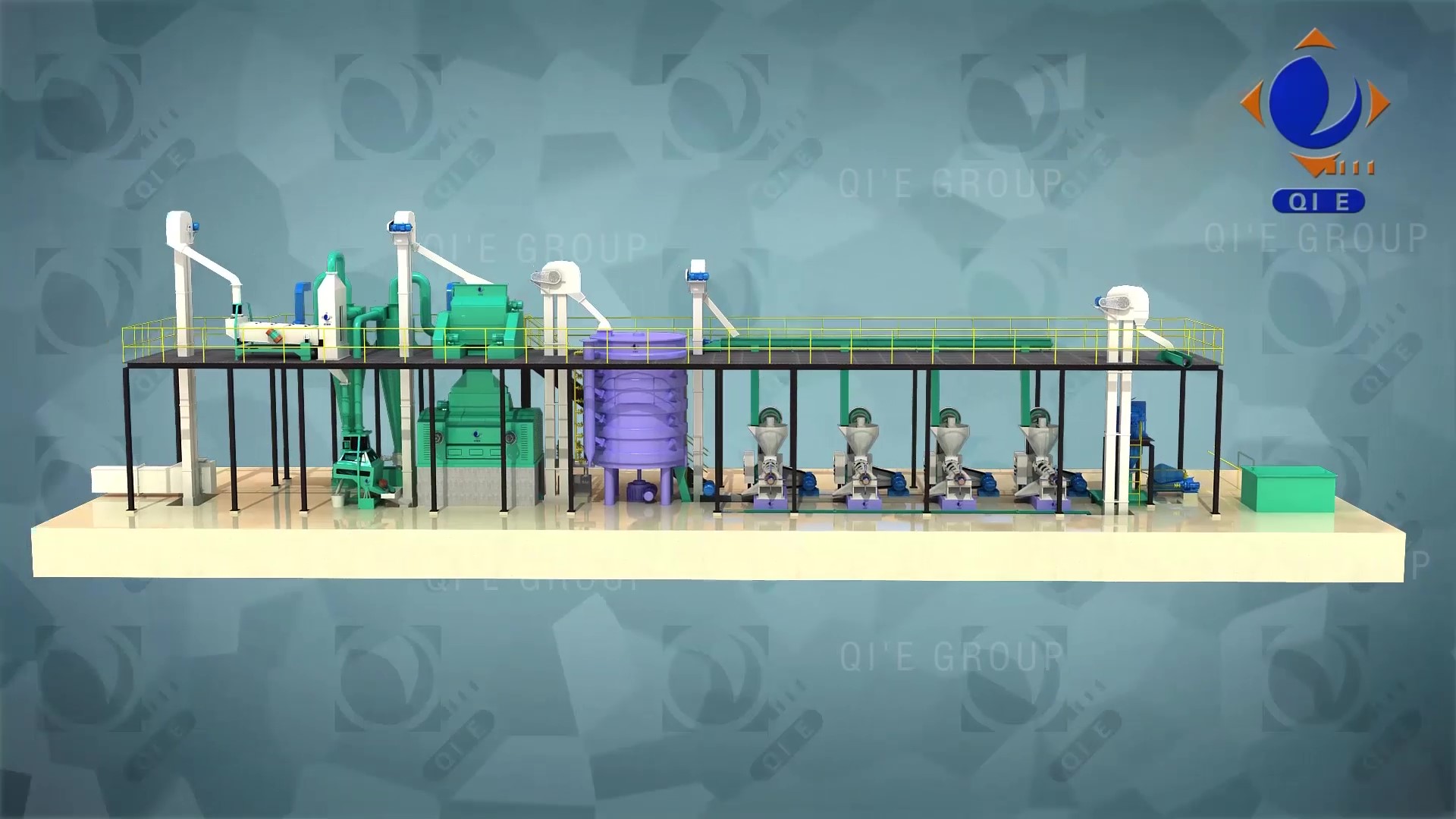
In today’s global food market, quality and sustainability are no longer optional—they’re mandatory. For sesame oil producers aiming to break into premium international markets like Europe, North America, or the Middle East, upgrading from traditional solvent extraction or cold pressing to supercritical CO₂ extraction is a strategic move that pays off in both product integrity and brand reputation.
Unlike conventional methods that rely on hexane solvents or high-temperature pressing, supercritical CO₂ extraction operates at ambient temperatures (typically 35–50°C) under high pressure (70–300 bar). This preserves delicate flavor compounds such as sesamol and sesamin—key antioxidants that enhance shelf life and consumer appeal.
| Method | Solvent Residue | Oil Yield (%) | Taste Retention |
|---|---|---|---|
| Cold Pressing | None | ~45% | Moderate |
| Hexane Solvent | Trace (up to 5 ppm) | ~65% | Low (flavor loss) |
| Supercritical CO₂ | None | ~60–68% | High (full aroma retention) |
According to a 2023 study published in the Journal of Food Engineering, CO₂-extracted sesame oil shows up to 30% higher levels of natural antioxidants compared to solvent-extracted counterparts—a critical differentiator when targeting health-conscious buyers in Germany, Japan, or the U.S.
Choosing the right equipment isn’t just about brand—it’s about understanding how temperature, pressure, and extraction time interact:
Real-world case: A Nigerian exporter increased their export volume by 40% within six months after switching to a semi-continuous CO₂ system—while maintaining ISO 22000 compliance across all batches.

If you're evaluating suppliers or considering an upgrade, ask these questions:
This technology isn't just about better oil—it's about building trust with buyers who demand transparency, purity, and consistency. As more countries tighten regulations around chemical residues in food (like EU Regulation 2023/1625), early adopters gain first-mover advantage.
Want to see how your current setup compares? Download our free “CO₂ Extraction Optimization Checklist”—used by over 200 exporters worldwide—to assess readiness for upgrade.
Get Your Free White Paper Now
